CPI Trading: Understanding Consumer Price Index Trading
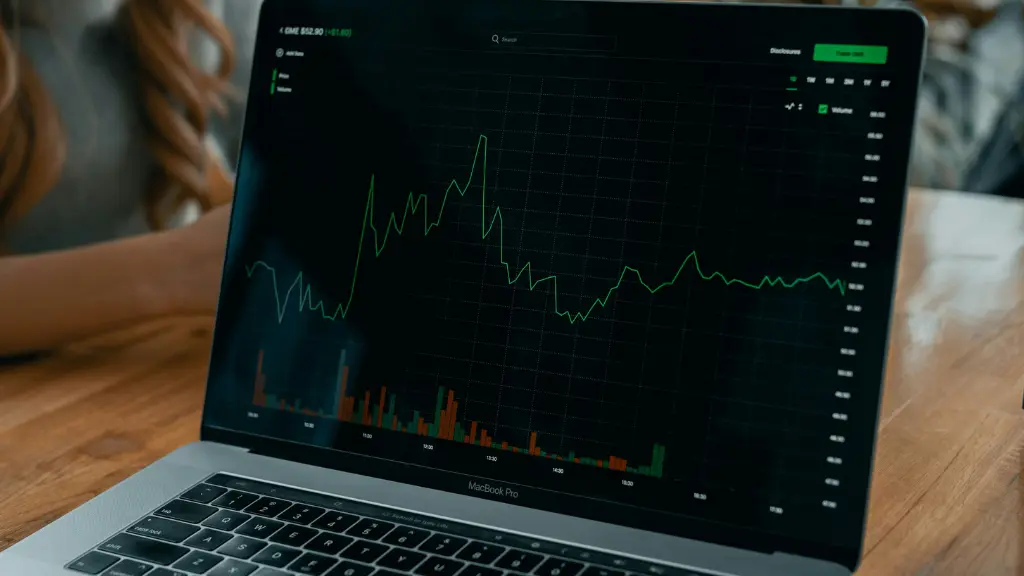
As someone who has been involved in the financial industry for several years, I have seen many trading strategies come and go. However, one strategy that has consistently proven to be effective is CPI trading. CPI, or Consumer Price Index, is a measure of the average change in prices over time for goods and services consumed by households. By using CPI as a basis for trading decisions, investors can potentially profit from changes in inflation and market trends.
CPI trading involves using the CPI data to make informed decisions about buying and selling securities. For example, if the cpi trading data shows that inflation is rising, investors may choose to buy stocks in companies that are likely to benefit from higher prices. Conversely, if the CPI data shows that inflation is decreasing, investors may choose to sell stocks in those companies. By keeping a close eye on CPI data and market trends, investors can potentially make profitable trades.
Overall, CPI trading is a strategy that has been proven to be effective in the financial industry. By using CPI data to make informed decisions about buying and selling securities, investors can potentially profit from changes in inflation and market trends. If you are interested in learning more about CPI trading, it is important to do your research and work with a trusted financial advisor.
Understanding CPI Trading
Definition and Importance
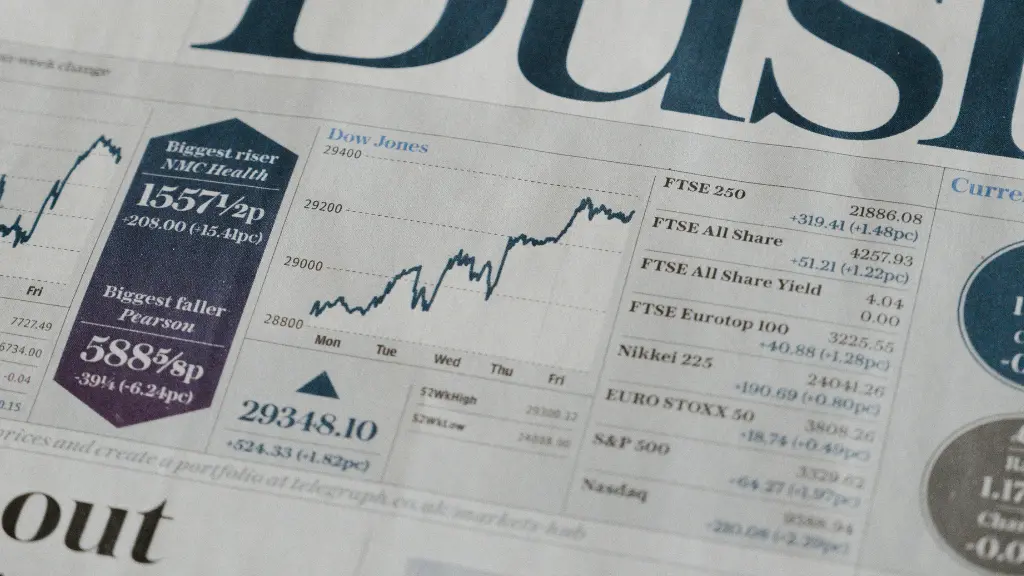
CPI trading, also known as Consumer Price Index trading, is a type of financial trading that involves speculating on the changes in the prices of goods and services in the economy. The Consumer Price Index is an economic indicator that measures the average change in the prices of goods and services consumed by households.
CPI trading is important because it provides traders with an opportunity to profit from the changes in the prices of goods and services in the economy. By correctly predicting the changes in the CPI, traders can make informed decisions about when to buy or sell assets such as stocks, bonds, and currencies.
CPI Trading Economics
CPI trading economics involves analyzing the factors that affect the Consumer Price Index. These factors include changes in the prices of goods and services, changes in the cost of production, changes in the level of demand and supply, and changes in the level of inflation.
Core CPI trading economics, on the other hand, focuses on the changes in the prices of goods and services excluding food and energy. This is because the prices of food and energy are highly volatile and can distort the overall picture of inflation in the economy.
In conclusion, understanding CPI trading is essential for anyone interested in financial trading. By analyzing the factors that affect the Consumer Price Index, traders can make informed decisions about when to buy or sell assets.
CPI and Forex Trading
CPI Forex Meaning
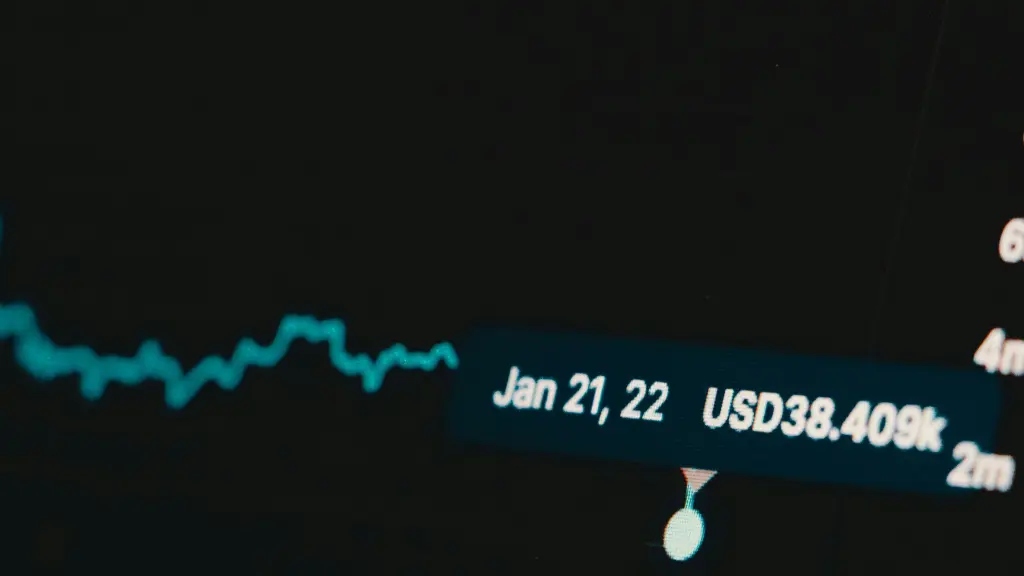
Cpi trading stands for Consumer Price Index, which is a measure of the average price of goods and services purchased by households. In the context of forex trading, CPI is an important economic indicator that can affect the value of currencies. CPI is usually released by governments on a monthly or quarterly basis, and it measures the change in the prices of a basket of goods and services over time.
Impact on Currency Value
The release of CPI data can have a significant impact on the value of currencies. If CPI is higher than expected, it can signal inflation, which can lead to an increase in interest rates. This can cause the value of a currency to increase. On the other hand, if CPI is lower than expected, it can indicate deflation, which can lead to a decrease in interest rates. This can cause the value of a currency to decrease.
Strategies for CPI Forex Trading
There are several strategies that traders can use when trading CPI data. One strategy is to trade the news, which involves buying or selling a currency based on the release of CPI data. Another approach involves employing technical analysis to detect market trends and patterns. Traders can also use fundamental analysis to analyze the underlying economic factors that can affect the value of a currency.
In conclusion, CPI is an important economic indicator that can affect the value of currencies cpi in forex trading. Traders should be aware of the impact of CPI on the market and use appropriate strategies to take advantage of the opportunities presented by CPI data.
Analyzing CPI Reports
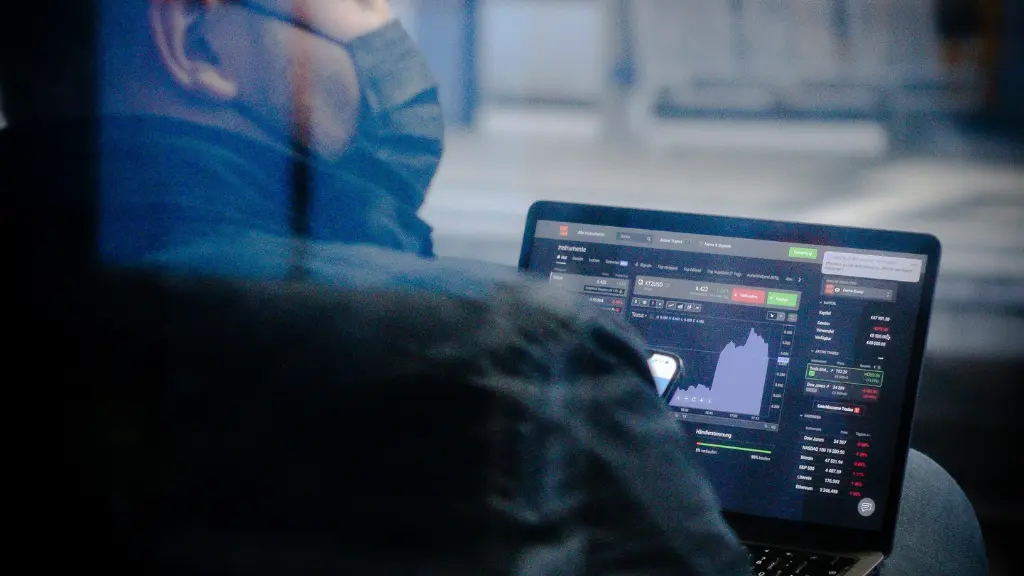
As a CPI trader, analyzing CPI reports is one of the most important tasks that I undertake. The Consumer Price Index (CPI) is a key economic indicator that measures the changes in prices of goods and services in a country. In this section, I will discuss how I interpret CPI data and how I time the market for maximum profit.
Interpreting Data
When analyzing CPI reports, I focus on the headline inflation rate, which is the percentage change in the CPI over a specific period. I also pay attention to the core inflation rate, which excludes volatile items such as food and energy.
To interpret the data, I use a variety of tools such as charts, tables, and graphs. I also keep an eye on the news for any related events that could affect the market. For example, if there is a sudden increase in oil prices, I know that this could impact the inflation rate.
Timing the Market
Timing the market is crucial when trading CPI news. I use a combination of technical and fundamental analysis to determine the best time to enter or exit a trade.
One strategy that I use is to wait for the CPI report to be released and then analyze the price action of the currency pair that I am trading. If the inflation rate is higher than expected, I look for opportunities to go long on the currency pair. Conversely, if the inflation rate is lower than expected, I look for opportunities to go short.
Another strategy that I use is to trade the news before the CPI report is released. This involves analyzing other economic indicators such as employment data and retail sales figures to predict the inflation rate. If my predictions are correct, I can enter a trade before the market reacts to the CPI report.
In conclusion, analyzing CPI reports is an essential part of CPI trading. By interpreting the data and timing the market correctly, I can maximize my profits and minimize my losses.
Risk Management in CPI Trading
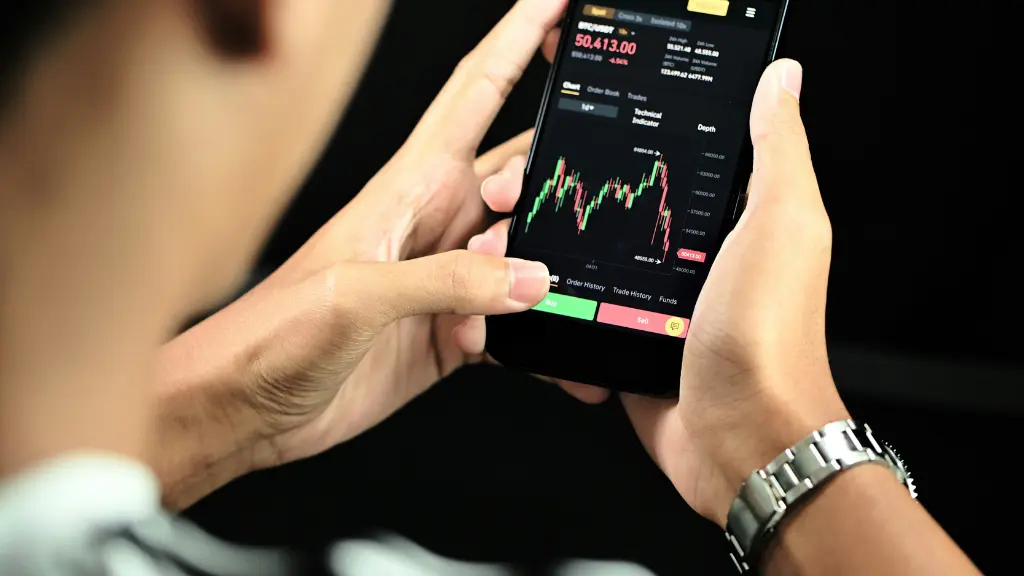
As with any type of trading, CPI trading carries a certain level of risk. However, there are various risk management strategies that can be employed to help mitigate these risks.
Setting Stop Losses
One effective risk management strategy in CPI trading is to set stop losses. A stop loss is an instruction given to a broker to sell a security once it hits a specified price point. This can help limit potential losses by automatically closing a position when the market moves against you.
When setting stop losses, it is important to consider the volatility of the market and the potential for sudden price movements. It is also important to set stop losses at a level that allows for some market fluctuations while still protecting your investment.
Diversification Strategies
Another important risk management strategy in CPI trading is diversification. This involves spreading your investments across multiple markets and asset classes to reduce the impact of any one market or asset on your overall portfolio.
Diversification can be achieved through a variety of methods, such as investing in multiple currencies, commodities, and indices. It is important to carefully research and analyze each market and asset class before investing to ensure they are suitable for your risk tolerance and investment goals.
Overall, effective risk management is crucial in CPI trading to help protect your investments and maximize your returns. By employing strategies such as setting stop losses and diversification, you can help minimize your exposure to risk and increase your chances of success.
CPI Trading Indicators
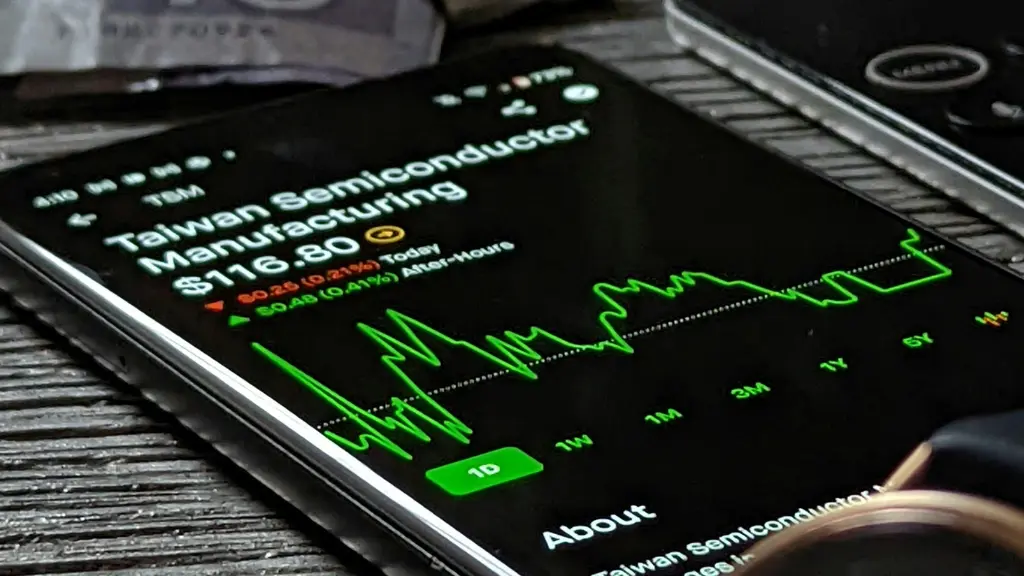
As a CPI trader, understanding the different indicators that can be used to analyze the market is crucial. These indicators help traders make informed decisions about when to enter or exit a trade. In this section, I will discuss two types of indicators: leading and lagging, as well as some technical analysis tools.
Leading vs. Lagging Indicators
Leading indicators are used to predict future market movements. They are called leading indicators because they give signals before a trend or reversal occurs. Examples of primary indicators are the Relative Strength Index (RSI), the Moving Average Convergence Divergence (MACD), and the Stochastic Oscillator.
Lagging indicators, on the other hand, are used to confirm a trend or reversal. They are called lagging indicators because they follow the price action and give signals after a trend or reversal has already occurred. Examples of lagging indicators include Moving Averages, Bollinger Bands, and the Parabolic SAR.
Technical Analysis Tools
Technical analysis tools are used to analyze price charts and identify patterns that can indicate future price movements. These tools include chart patterns, candlestick patterns, and trend lines.
Chart patterns such as head and shoulders, double tops, and triangles can signal potential trend reversals or continuations. Candlestick patterns, such as doji, hammer, and engulfing, can also indicate a potential reversal or continuation. Trend lines are used to identify the direction of a trend and can be used to make trading decisions.
In conclusion, understanding CPI trading indicators is essential for any CPI trader. By using leading and lagging indicators, as well as technical analysis tools, traders can make informed decisions about when to enter or exit a trade.
CPI Trading Strategies
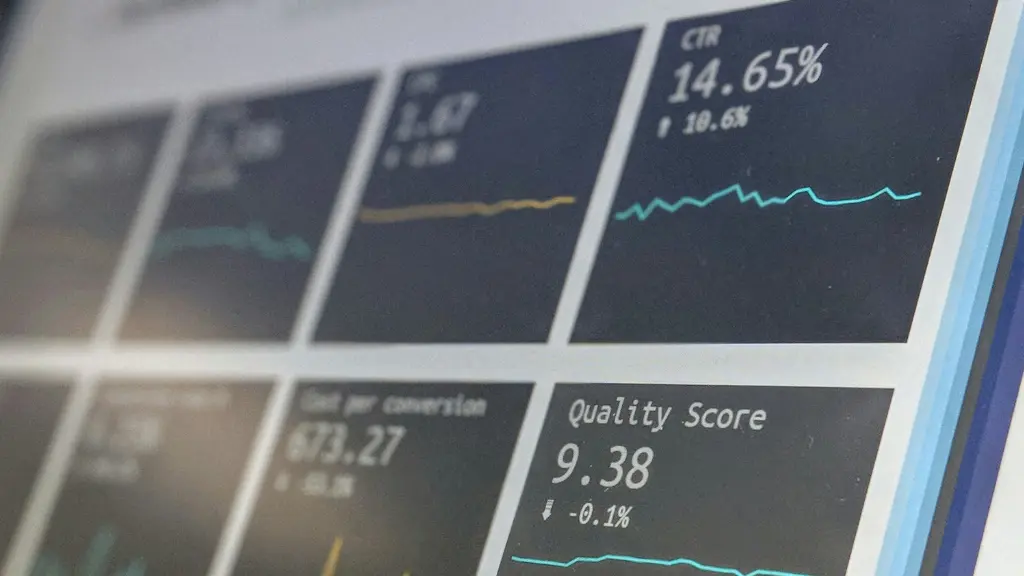
As a CPI trader, I have developed various strategies to maximize my profits and minimize my risks. In this section, I will discuss two of the most effective strategies that I use: Fundamental Analysis Approach and Event-Driven Trading.
Fundamental Analysis Approach
The Fundamental Analysis Approach is a strategy that involves analyzing economic data and news to predict the direction of the market. As a CPI trader, I pay close attention to the Consumer Price Index (CPI) as it is a key indicator of inflation. By analyzing the CPI data, I can predict the direction of the market and make informed trading decisions.
To apply this strategy, I use a combination of technical analysis and fundamental analysis. I look at the historical data of the CPI and compare it to the current data to identify trends. I also keep an eye on news related to inflation such as changes in interest rates, government policies, and global economic events.
Event-Driven Trading
Event-Driven Trading is a strategy that involves taking advantage of market movements caused by specific events. As a CPI trader, I focus on events that can affect the CPI such as changes in interest rates, government policies, and global economic events.
To apply this strategy, I keep a close eye on the news and economic calendar to identify upcoming events that can affect the CPI. I also look at the historical data to predict the impact of these events on the market. By doing so, I can make informed trading decisions and take advantage of market movements.
Overall, these two strategies have proven to be effective in my CPI trading. By combining fundamental analysis and event-driven trading, I am able to make informed trading decisions and maximize my profits while minimizing my risks.
CPI Data and Market Sentiment

As a trader, one of the key pieces of data that I pay close attention to is the Consumer Price Index (CPI). CPI is a measure of inflation that reflects the change in the price of goods and services over time. It is a critical economic indicator that can have a significant impact on market sentiment and trader behavior.
Sentiment Analysis
CPI data can have a significant impact on market sentiment. If the CPI is higher than expected, it can signal that inflation is increasing, which can lead to a decrease in consumer spending. This, in turn, can lead to a decrease in economic growth and a decline in the stock market.
On the other hand, if the CPI is lower than expected, it can signal that inflation is under control, which can lead to an increase in consumer spending. This can lead to an increase in economic growth and a rise in the stock market.
Influence on Trader Behavior
CPI data can also have a significant impact on trader behavior. Traders often use CPI data to make trading decisions. If the CPI is higher than expected, traders may sell their stocks and move to safer investments, such as bonds or gold. Conversely, if the CPI is lower than expected, traders may invest more heavily in stocks, anticipating an increase in economic growth.
Overall, CPI data is a critical economic indicator that can have a significant impact on market sentiment and trader behavior. As a trader, it is essential to stay up-to-date on the latest CPI data and use it to inform your trading decisions.
Leveraging Technology for CPI Trading
As a CPI trader, I understand the importance of using technology to maximize profits and minimize risks. In today’s fast-paced world, it’s crucial to have access to real-time data and analysis tools to make informed trading decisions.
One of the most useful technologies for CPI trading is automated trading software. With this software, I can set up rules and conditions for trades, and the software will execute them automatically. This saves me time and ensures that I don’t miss any trading opportunities.
Another technology that I find helpful is data analytics tools. These tools allow me to analyze large amounts of data quickly and identify trends and patterns. This information helps me make informed trading decisions and adjust my strategies as needed.
Conclusion
In addition to these tools, I also use mobile apps to stay connected to the market at all times. With a mobile app, I can monitor my trades, receive alerts, and make quick decisions on the go.
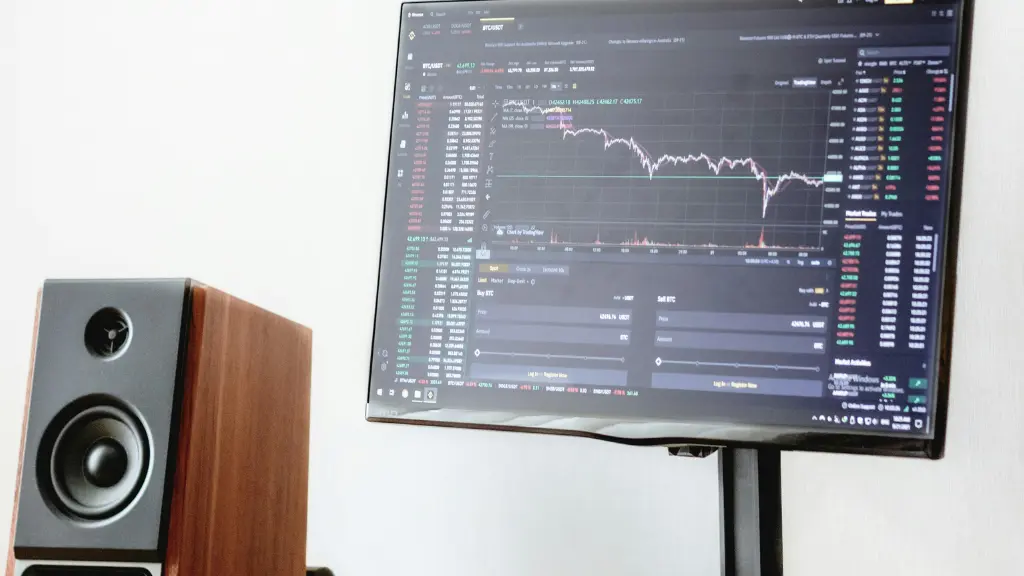
Overall, leveraging technology is essential for CPI trading success. By using automated trading software, data analytics tools, and mobile apps, I can stay ahead of the curve and make informed trading decisions. See also this related article: NinjaTrader VWAP: A Detailed Guide.

Pingback: Crypto Buy Sell Indicator: A Guide to Trading Cryptocurrencies - Trade Center Pro